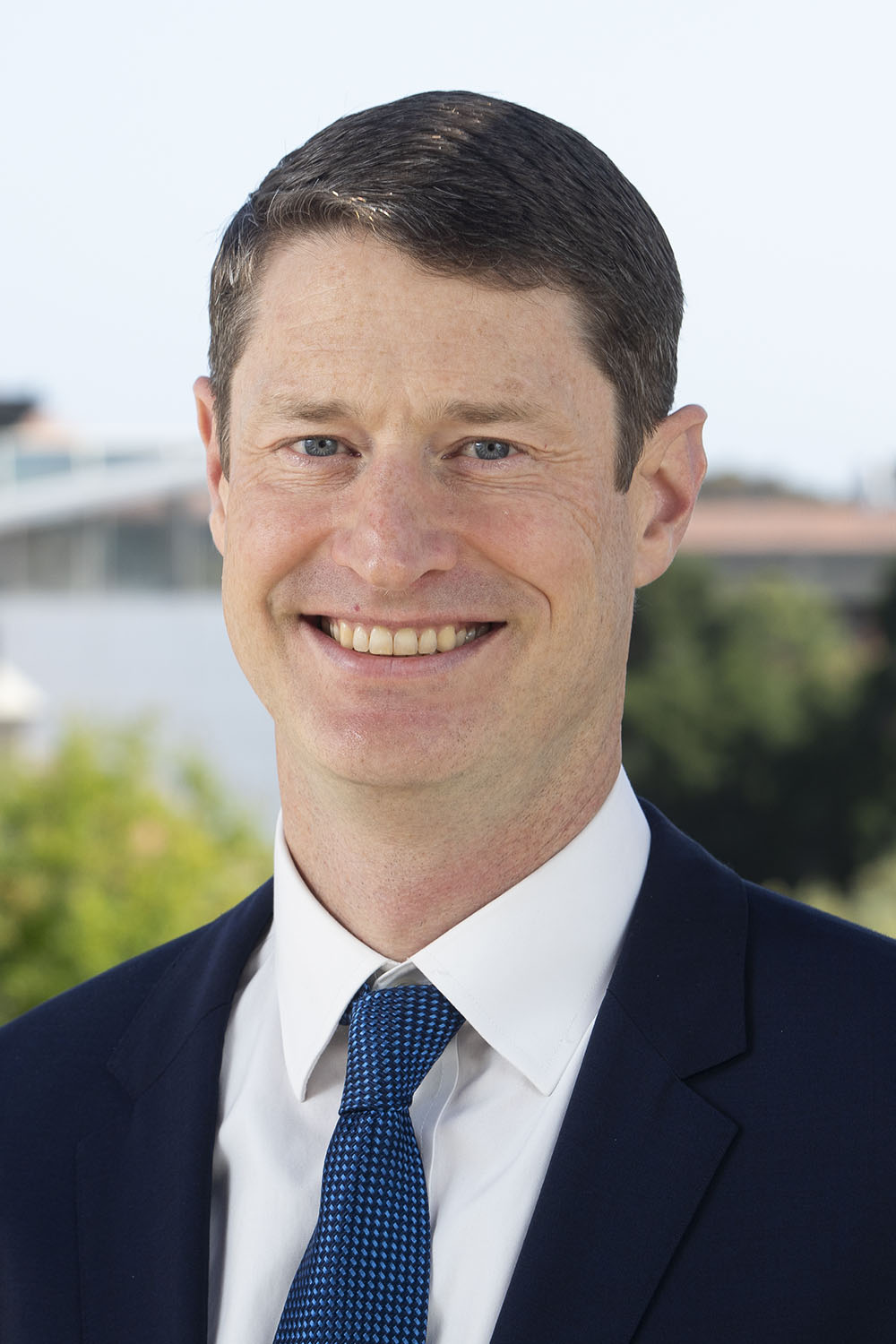An honest bio
Posted 7/19/2021
Academia is full of shiny web pages and professional headshots, with biographies full of accolades. While web pages help disseminate useful information, the bios in particular highlight successes and hide failures. So reading bios is not a good way to learn about how people got to their current positions. With that in mind, here is my official bio, and one that includes a few more important details.
My official bio
Jack Baker is a Professor of Civil & Environmental Engineering and Associate Dean for Faculty Affairs in the Stanford Doerr School of Sustainability. His work focuses on the development and use of probabilistic and statistical tools for managing risk due to extreme loads on the built environment. He studies risk to spatially distributed systems, characterization of earthquake ground motions, and probabilistic risk assessments for a number of types of structures. Professor Baker joined Stanford in 2006 from the Swiss Federal Institute of Technology (ETH Zurich), where he was a visiting researcher in the Department of Structural Engineering. He has degrees in Structural Engineering (Stanford, M.S. 2002, Ph.D. 2005), Statistics (Stanford, M.S. 2004), and Mathematics/Physics (Whitman College, B.A. 2000). His awards include the William B. Joyner Lecture Award from the Seismological Society of America and Earthquake Engineering Research Institute, the Shah Family Innovation Prize from the Earthquake Engineering Research Institute, the CAREER Award from the National Science Foundation, the Early Achievement Research Award from the International Association for Structural Safety and Reliability, the Walter L. Huber Prize from ASCE, the Helmut Krawinkler Award from the Structural Engineers Association of Northern California, and the Eugene L. Grant Award for excellence in teaching from Stanford.
My more complete and honest bio
Jack Baker was an excellent high school student, but from a small town where few people went to college. He was rejected from his dream school and didn’t get scholarships from some other top choices. He went to Whitman College because it offered financial aid and a chance to play basketball. As a sophomore, he decided he wanted to study engineering, which was a problem because Whitman did not have an engineering program. He didn’t want to transfer and leave his friends, so he decided to become a Math/Physics major and try engineering graduate school later. He spent a summer doing experimental physics research at Whitman and found it interesting but quite frustrating. This seemed to be evidence that he wasn’t cut out for graduate research.
His senior year, he applied to graduate Civil and Environmental Engineering programs and was rejected from some of them and not offered financial aid from his top choice that accepted him (Stanford). He deferred his Stanford admission for a year, found an industry job, and took engineering courses part-time at the University of Washington while working. He did great in those classes, showed that he was serious about his commitment to engineering, and was then offered a year of financial aid at Stanford the following year.
He got to grad school, started some (non-experimental) research, and found that he was very fulfilled and productive with the work. Based on this, he and his advisor agreed he would stay for a Ph.D. A few years in, his advisor suggested he apply for faculty positions. He had never thought seriously about that path, but he enjoyed research and was encouraged by his advisor’s endorsement, so it seemed worth considering. Over the next year, he worked hard on strengthening his C.V. and had many conversations with older students about their career planning and experiences. He applied for jobs at several companies and universities and considered the top offers from both paths. In the end, he did a postdoc and then started a faculty job at Stanford, knowing that if it didn’t work out, he could always find a good alternative job. The Stanford job is often very stressful but also rewarding, so he has stayed for many years (though he has considered making a change a few times). Some of his research was very successful, but still took almost a decade to move from concept into practical application. This turns out to be a typical timeframe, but it was longer than he had expected. Other work was less successful–he has gone through spells of having many proposals in a row rejected. As a professor, he has now given lectures at the universities that rejected him as a student.

Register
Use the following link to register to receive very occasional updates about new offerings on this page. I will not share your information with anyone.